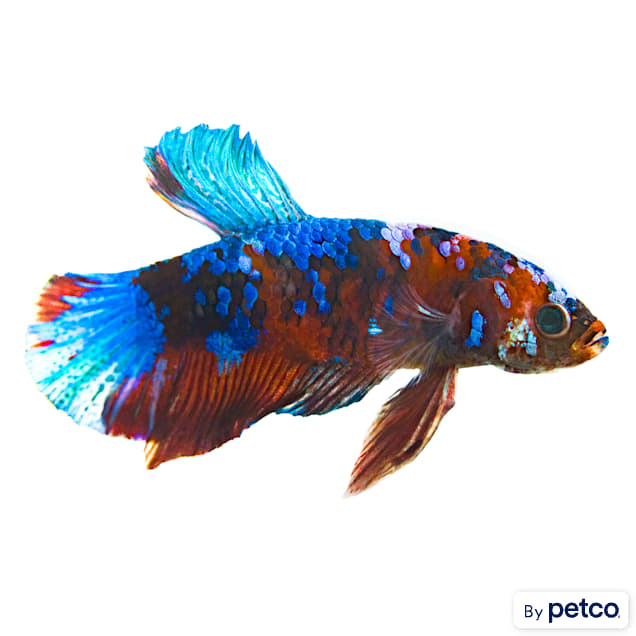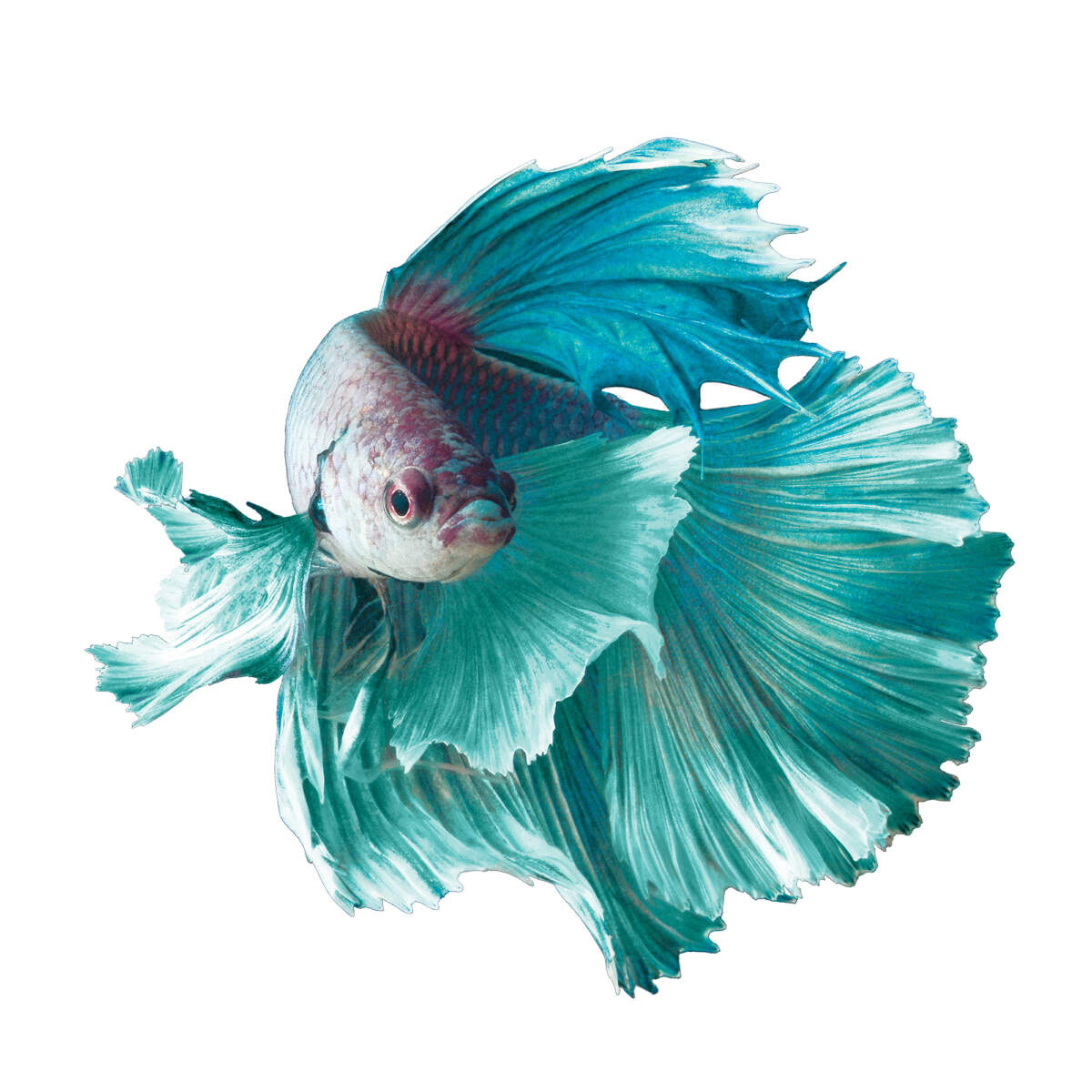Betta Fish Life-span: Just How to Guarantee Your Betta Lives Longer
Betta Fish Life-span: Just How to Guarantee Your Betta Lives Longer
Blog Article
Exactly How to Reproduce Betta Fish Effectively: Professional Methods and Insights for Hobbyists Seeking To Broaden Their Betta Collection
Breeding Betta fish calls for a nuanced understanding of genetics and ecological problems, making it important for enthusiasts to approach the procedure with both diligence and care. Producing an optimal reproduction environment, picking the best sets, and observing the ins and outs of their courtship behaviors are fundamental steps that can substantially impact the end result. The succeeding treatment of the fry is vital for guaranteeing their healthy growth. As we explore these vital elements, it comes to be clear that successful breeding is not simply about the preliminary pairing but includes a broader method that benefits cautious factor to consider.
Understanding Betta Fish Genetics
Recognizing the genes of Betta fish is essential for successful breeding, as it affects attributes such as shade, fin form, and habits. Betta fish display a diverse array of colors and patterns, largely determined by their hereditary make-up.
In enhancement to coloration, fin morphology is another significant facet of Betta genes (betta fish). The shape and size of fins are influenced by numerous genetics, including those that identify whether the fins are short, long, or veil-shaped. Understanding these genetic variants helps dog breeders anticipate the phenotypic results of their children
Furthermore, behavioral characteristics such as aggressiveness and territoriality can also be affected by genes. These habits play an important role in the reproducing procedure, as they can impact spawning success and the overall character of the resulting fry. By comprehensively comprehending these genetic principles, breeders can make educated decisions, inevitably boosting their breeding programs and accomplishing preferable outcomes.
Preparing the Breeding Environment
Producing an optimal breeding environment is essential for the successful reproduction of Betta fish. The initial action in preparing this environment is to choose an ideal breeding storage tank, preferably varying from 5 to 10 gallons.
Following, consider using a sponge filter or an air rock to provide gentle water flow without producing solid currents that can emphasize the fish. It is necessary to mount plants or reproducing cones to offer hiding areas and advertise convenience for the lady throughout the spawning process. Floating plants, such as Java moss or water sprite, can likewise produce a much more natural surroundings while facilitating bubble nest building by the male.
Before introducing the breeding sets, make certain the water is conditioned and cost-free from unsafe chemicals, such as chlorine or hefty metals. betta fish. Regular water changes should be conducted to maintain optimal water quality, enhancing the chances of successful breeding. With these preparations in place, the breeding environment will support the health and well-being of both Betta fish
Selecting Breeding Pairs
Selecting the best breeding sets is critical for attaining successful Betta fish reproduction. Healthy and balanced Betta fish show vibrant shades, clear eyes, and energetic actions.
Personality is another important factor to consider, as Betta fish are understood for their aggressive nature. It is advisable to select a man and lady that show compatible temperaments to decrease stress throughout the reproducing procedure. A calm man can motivate a smoother courtship, while a female that is as well hostile may interfere with the process.
Hereditary background additionally plays a considerable duty in the high quality of the offspring. Reproducing fish that are genetically diverse can minimize the risk of genetic wellness problems and boost the general vitality of the fry. It is helpful to research the lineage of both the man and woman, focusing on preferable traits such as fin kind, color patterns, and dimension.
The Breeding Refine
The breeding process of Betta fish calls for careful preparation and attention to detail to ensure an effective outcome. It is vital to prepare an appropriate reproduction container, ideally a 5-10 gallon aquarium with a temperature level maintained at 78-80 ° F. The container should be geared up with a heater, filter (preferably sponge type to stay clear of strong currents), and a lot of marine plants for the lady to hide.
When the atmosphere is established, introduce the selected breeding pair to the storage tank, allowing them to acclimate. Observe their habits; the man will display elaborate courtship routines, consisting of flaring his fins and developing a bubble nest. If the woman reveals rate of interest, she will certainly display vertical red stripes indicating readiness for spawning.
When useful link the lady is responsive, the pair will involve in a mating embrace, throughout which her explanation the male feeds the eggs. Preserving optimal water problems during this period is essential for the growth of healthy and balanced Betta fry.
Caring for Betta Fry

Feeding Betta fry is important, as they call for a diet high in protein. Originally, they can be fed infusoria or fluid fry food, transitioning to finely crushed high-grade pellets as they expand. Feed tiny parts several times a day to urge healthy development without overwhelming the container with uneaten food.

As they develop, check their growth closely and divide any type of aggressive people to stop harm. By supplying a nurturing setting and appropriate nutrition, enthusiasts can successfully elevate Betta fry right into vibrant, healthy and balanced fish, eventually enhancing their reproduction ventures.
Conclusion
Effective Betta fish reproduction requires precise attention to hereditary option, ecological conditions, and care for the fry. By understanding the genetics of Betta fish and preparing an appropriate reproduction atmosphere, hobbyists find can boost the possibilities of producing vibrant, healthy and balanced offspring. Picking compatible reproduction pairs and very closely keeping an eye on the courtship and spawning procedures are necessary. Lastly, supplying ideal look after the fry ensures their healthy and balanced advancement, adding to a flourishing Betta collection.
Report this page